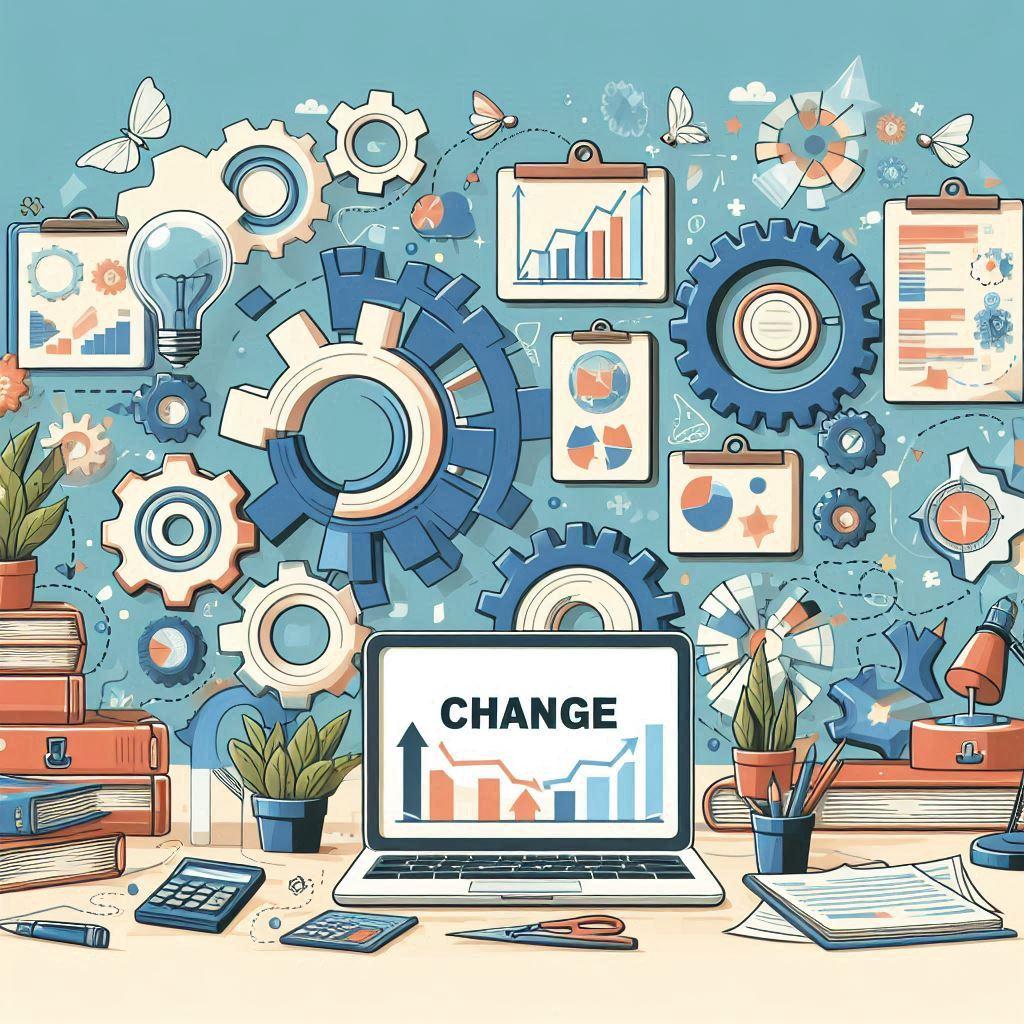Change is an inevitable part of any organization’s journey. Whether driven by external factors like market disruptions, technology shifts, or internal goals such as restructuring or improving efficiency, change is a constant. While change is often necessary, it’s rarely easy. It affects processes, systems, teams, and individual employees, often stirring uncertainty and resistance.
This is where change management models come into play.
Change management isn’t just about understanding what needs to change—it’s about guiding organizations and people through that change with purpose and structure. Over the years, experts in the field have developed a variety of change management models to help leaders and teams navigate transitions more effectively. These models provide frameworks that can be adapted to different types of change, from minor process updates to major organizational transformations.
Why Are Change Management Models Important?
Without a clear framework, change initiatives often face obstacles like lack of engagement, confusion, or outright resistance. Research shows that 70% of change efforts fail, often due to poor planning or lack of support from employees and stakeholders.
Change management models offer structured approaches to:
- Prepare for change: Identifying the need and understanding the context.
- Guide the transition: Implementing the change effectively with minimal disruption.
- Reinforce and sustain the change: Ensuring long-term success by embedding new behaviors, processes, and mindsets into the organizational culture.
These models provide tried-and-tested paths for navigating the complexities of change, whether you’re dealing with small adjustments or sweeping organizational shifts. They help mitigate risks, maximize the chances of success, and ensure that change doesn’t lead to chaos or confusion.

The Evolution of Change Management: From Lewin to Today
In this blog series, we’ll take a closer look at some of the most widely used change management models—examining their origins, core principles, and applications in today’s fast-paced business world.
Starting with Kurt Lewin’s foundational model from 1947, which introduced the idea of unfreezing, changing, and refreezing, we’ll then move through other influential models like McKinsey’s 7-S framework, John Kotter’s 8-Step process, and newer approaches like ADKAR and Nudge Theory.
Each model brings unique insights and strategies to the table, offering different tools to tackle the complexities of change. Whether you’re an experienced change leader or new to the field, this series will equip you with a solid understanding of these models and how to apply them in real-world scenarios.
What to Expect in This Series
Here’s a glimpse of the key models we’ll be exploring in this series:
- Lewin’s Change Model: The foundational model for organizational change, focusing on the stages of unfreezing, changing, and refreezing.
- McKinsey’s 7-S Model: A holistic approach that examines seven interdependent factors within an organization to align strategy and execution.
- Kotter’s 8-Step Change Model: A step-by-step process for leading large-scale transformations.
- ADKAR Model: A goal-oriented change model focusing on individual transitions and resistance management.
- Bridges’ Transition Model: Emphasizes the emotional and psychological impact of change on individuals.
We will cover each model’s history, principles, strengths, and real-world applications. By the end of this series, you’ll have a toolkit of frameworks that can help you manage change more effectively, regardless of size or scope.
Why This Series Matters Now
In today’s world, where industries are transforming rapidly due to digitalization, globalization, and evolving customer expectations, organizations must be agile and ready for constant change. The ability to manage that change successfully can mean the difference between thriving and merely surviving.
By understanding and applying change management models, you’ll be better equipped to lead your team through any transition—minimizing resistance, maintaining morale, and driving lasting success.
Stay tuned for the first in-depth post, where we’ll explore Lewin’s Change Management Model and its relevance to modern organizations!


